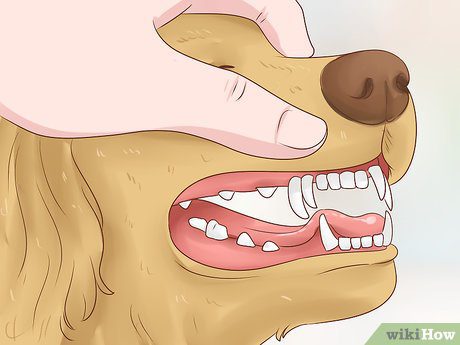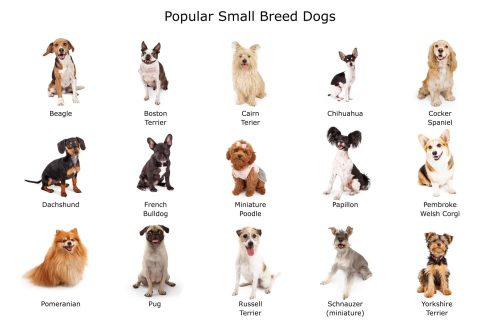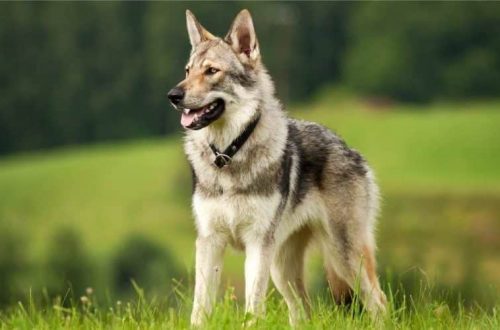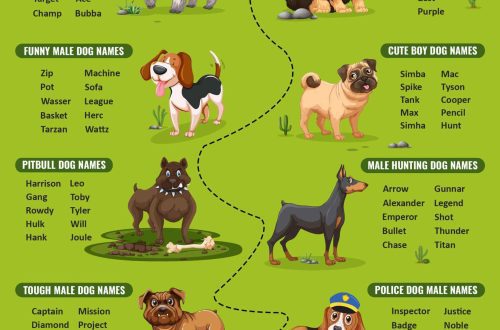
How to find out the age of a dog?

Contents
Newborns (up to 3 weeks)
Babies are born without teeth and with their eyes closed. During the first weeks of life, they cannot walk and sleep most of the time.
Puppies (from a month to a year)
Approximately 2–3 weeks after birth, puppies open their eyes, but their vision remains poor. At the age of one month, they are already trying to walk, they begin to be interested in the world around them. Milk teeth erupt at 3–4 weeks of age: the fangs appear first, then, at 4–5 weeks, two middle incisors appear. At 6–8 weeks, the third incisors and molars erupt. Most puppies have a full set of 8 milk teeth by 28 weeks old – small, round, but very sharp. These teeth, which are white or cream in color, are not as closely spaced as the permanent teeth.
After 16 weeks, the change of teeth begins: milk teeth fall out, and molars appear in their place. Puppies at this time are very restless and try everything “by the tooth”. By 5 months, adult incisors, first premolars and molars erupt, by six months – canines, second and fourth premolars, second molars, and, finally, by 7 months – third molars. So, in the period up to a year, all 42 teeth grow in a dog.
Adolescence (from 1 year to 2 years)
Dogs of small and medium breeds stop growing in a year, and some of the largest breeds grow up to 2 years.
Between 6 and 12 months, they reach puberty, the girls begin estrus. But this does not mean that from now on your pet becomes an adult: his movements can still be clumsy, his coat remains fluffy and soft, and his behavior cannot be called serious. At this age, plaque begins to form on the teeth, and by the end of the second year of life, tartar can form, which causes bad breath.
Adult dogs (from 2 to 7 years old)
By the age of 3, the tops of some teeth are already noticeably erased, in the absence of proper care, stones and gum disease appear. The fur becomes stiffer. Depending on the breed, gray hair on the muzzle may appear by the age of 5, the dog’s activity decreases. By age 7, large breed dogs can see symptoms of arthritis and lenticular sclerosis (a bluish-gray spot on the core of the eyeball that usually does not affect vision).
Elderly (over 7 years old)
The onset of aging depends on a combination of genetics and environmental factors, so it varies from dog to dog. In the period from 7 to 10 years, hearing and vision deteriorate, teeth fall out, and the risk of cataracts is increased. The coat often becomes sparse, dry and brittle, and the amount of gray hair increases. The dog sleeps more often, its muscle tone decreases, the skin loses its elasticity. At this age, dogs require special care and diet. To prolong an active life, it is necessary to treat their habits and desires with understanding, as well as regularly examine and not ignore the doctor’s recommendations.
10 2017 June
Updated: December 21, 2017





